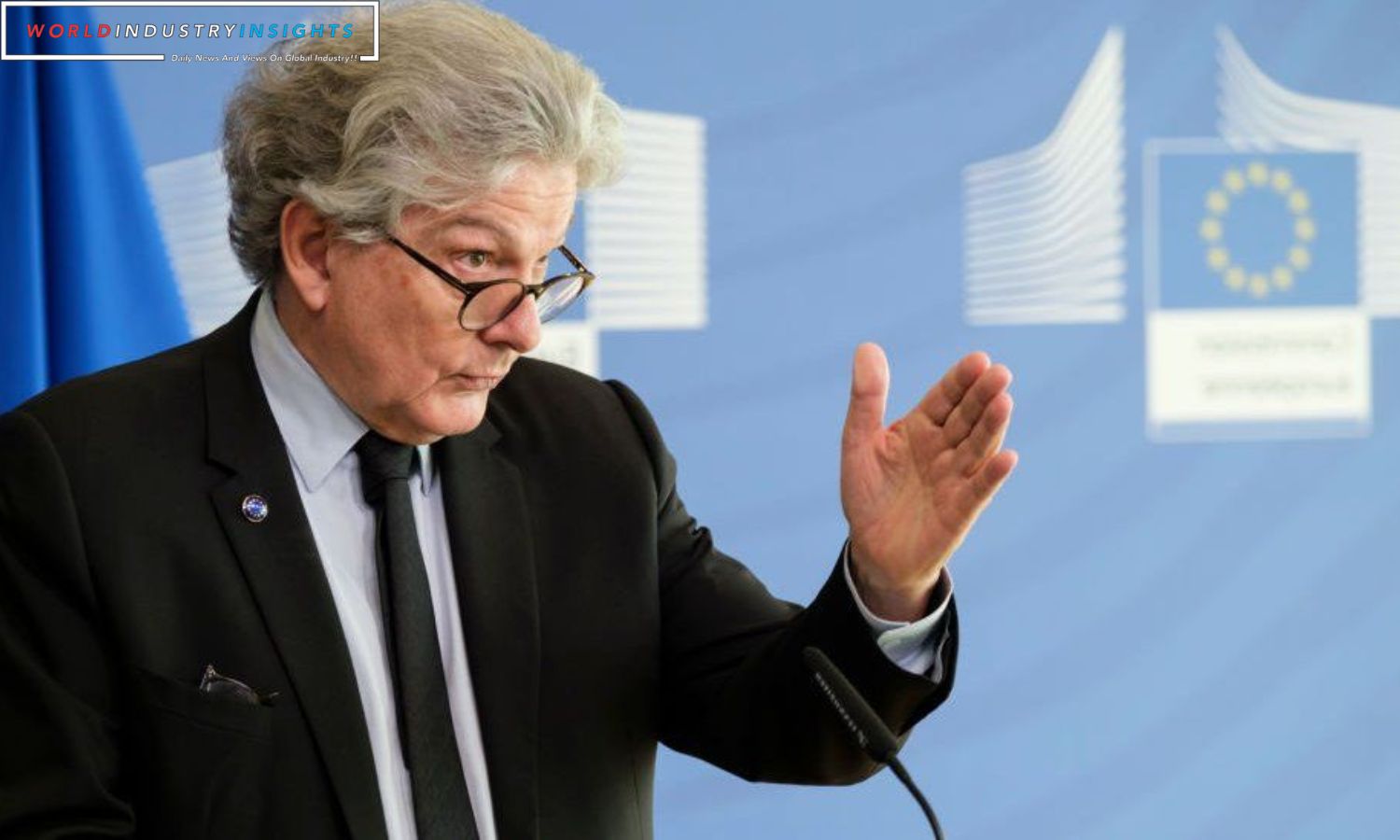EU Strikes Historic Deal: In a significant leap toward global AI governance, the European Union (EU) has reached a provisional agreement on landmark rules governing artificial intelligence. The deal, achieved after nearly 15 hours of negotiations and a marathon 24-hour debate, positions Europe as a pioneer in enacting laws that regulate AI, making it the first major world power to do so. European Commissioner Thierry Breton emphasized the historical significance, stating, “Europe has positioned itself as a global standard-setter. This is, indeed, a historic day.”
The accord imposes transparency obligations on foundation models like ChatGPT and general-purpose AI systems (GPAI) before their market introduction. This includes drafting technical documentation, adhering to EU copyright law, and providing detailed summaries of training content. High-impact foundation models with systemic risk must undergo evaluations, assess and mitigate risks, conduct adversarial testing, report incidents to the European Commission, ensure cybersecurity, and disclose energy efficiency details.
GPAIs with systemic risk may adhere to codes of practice for compliance. Regarding government use, real-time biometric surveillance in public spaces is restricted to specific cases, such as victims of certain crimes, prevention of genuine threats, and searches for individuals suspected of serious crimes. The agreement prohibits cognitive behavioral manipulation, untargeted scrapping of facial images, social scoring, and biometric categorization systems inferring personal beliefs.
Also Read: Protests Ripple Across Europe as Activists Target Amazon on Black Friday
Consumers gain the right to launch complaints with fines for violations ranging from 7.5 million euros ($8.1 million) or 1.5% of turnover to 35 million euros or 7% of global turnover. While hailed as a milestone by some, business group DigitalEurope criticizes the rules, calling them an additional burden. Privacy rights group European Digital Rights expresses concerns about live public facial recognition being legalized across the EU.
Expected to take effect early next year, the legislation could influence other governments, offering an alternative to the U.S.’ light-touch approach and China’s interim rules. As companies like OpenAI and Google’s Alphabet continue pushing AI boundaries, the EU’s ambitious regulations set the stage for a new era in global AI governance.
Our Reader’s Queries
What are the timeline of the EU treaties?
This document provides a chronological overview of various treaties and their official journals. Included are the Treaty on European Union from 1992, published in OJ C 191 on July 29th of that year, the Single European Act from 1986, published in OJ L 169 on June 29th, 1987, and the Treaty of Accession of Spain and Portugal from 1985. Also listed is the Treaty of Greenland from 1984, published in OJ L 29 on February 1st of that year. In total, there are 48 additional treaties listed in this document.
What is one example of how the structure of the EU has changed over time?
The EU’s structure has undergone significant changes over time, with the European Parliament gaining more power and taking on greater legislative and supervisory responsibilities. This shift has resulted in a more robust and effective governing body, capable of addressing the complex challenges facing the region.
How many countries are in the EU?
The EU is a union of 27 countries that functions as both an economic and political entity. Its internal market enables the free flow of goods, capital, services, and people among member states.
What is the main goal of the European Union?
The European Union has set out to achieve several goals within its borders. These include promoting peace, upholding its values, and ensuring the well-being of its citizens. Additionally, the EU aims to provide freedom, security, and justice without internal borders. To achieve this, measures are taken at external borders to regulate asylum and immigration and prevent and combat crime. Overall, the EU is committed to creating a safe and prosperous environment for its citizens.

